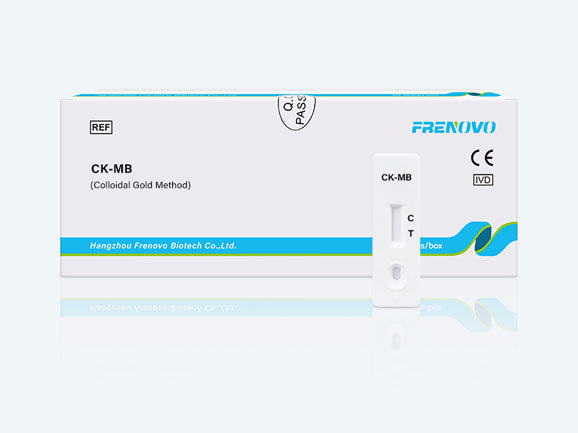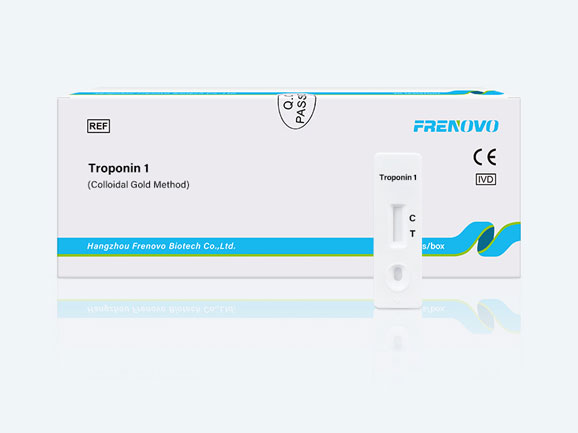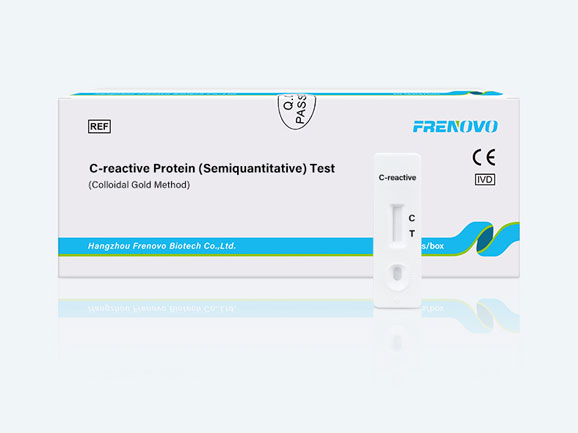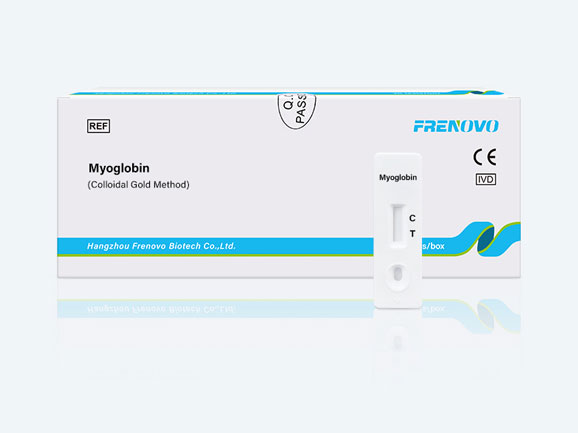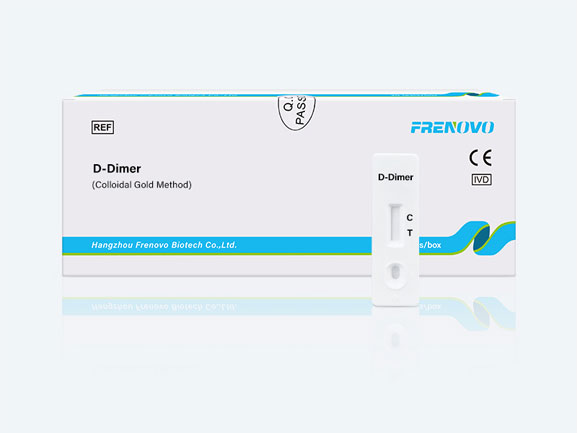

D-dimer assays use mono- or polyspecific antibodies against D-dimer to provide quantitative or qualitative data on the concentration of D-dimer in whole blood or plasma. D-dimer is the product of lysis of cross-linked fibrin and the levels of D-dimer are increased in patients with acute VTE. However, the test is nonspecific because the level of D-dimer can be increased in a variety of other conditions, including malignancy, inflammatory conditions, and infections. Therefore the D-dimer assay is most useful as a tool to rule out suspected DVT.
A health care professional will take a blood sample from a vein in your arm, using a small needle. After the needle is inserted, a small amount of blood will be collected into a test tube or vial. You may feel a little sting when the needle goes in or out. This usually takes less than five minutes.
There is very little risk to having a blood test. You may have slight pain or bruising at the spot where the needle was put in, but most symptoms go away quickly.

